| Author |
Message |
INQB8R
Admin
|
# Posted: 1 Feb 2010 17:41 - Edited by: INQB8R
As reported by New Scientist: The songs of whales and dolphins can be beautiful to the ear. Now acoustics engineer Mark Fischer has created a way to make them visually pleasing too. What's more, his technique captures more information about the sound than traditional ways of visualizing whale song.
|
INQB8R
Admin
|
# Posted: 1 Feb 2010 17:43
Humpback whale call
This is Fischer's representation of the low-frequency moans and cries of a humpback whale's mating song, with the time axis running anticlockwise.
The sound for this graph was recorded in Hawaii.
Audio: listen to the humpback whale's mating song
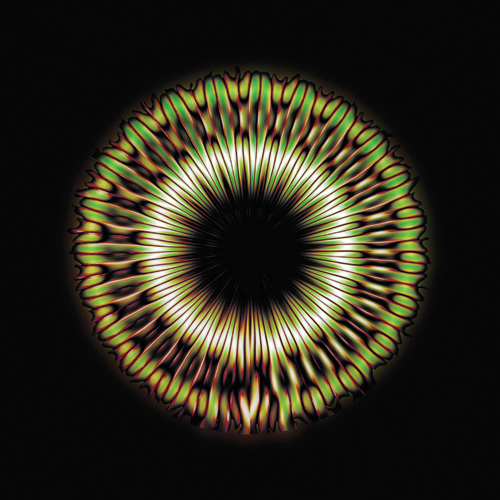
(Image: Science Photo Library/AguaSonic Acoustics)
|
INQB8R
Admin
|
# Posted: 1 Feb 2010 17:47
Spectrogram of a minke whale call
To help identify species, marine biologists traditionally plot a spectrogram of an animal's song to represent the sound visually.
This is a graph of the frequency of a minke's cries against time. The raw sound is converted into sinusoidal frequency components via the mathematical process known as the Fourier transform (FT).
FTs are well suited to describing repetitive, continuous noises, but the sounds that whales and dolphins make vary in pitch, volume and length.
FTs are particularly bad at transforming the staccato noises which certain species make. As you can see from this linear spectrogram of a minke whale's "boing" call, the detail gets smeared out and individual pulses cannot be distinguished.
Audio: a Minke whale's "boing" sound
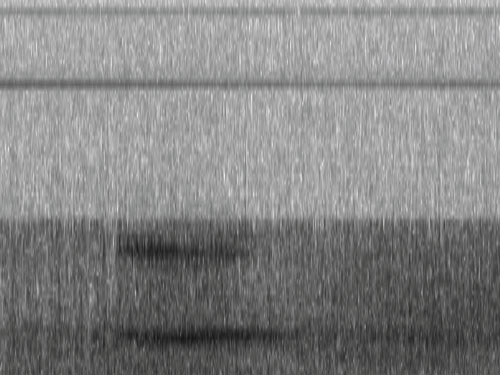
(Image: AguaSonic Acoustics)
|
INQB8R
Admin
|
# Posted: 1 Feb 2010 17:48
Wavelet transform of a minke call
Fischer prefers to use a less common mathematical process known as the wavelet transformation, which represents the sound in terms of short, discrete components known as wavelets.
As this image of the same minke "boing" song shows, these are much better at capturing cetacean song than the sinusoidal waves that the FT is based on: the pulses, represented by the green droplets, are much more obvious.
"FTs are used so much that it has become the only way people can consider a sound. For cetaceans, the sound can be doing lots of other things that are not visible on a spectrogram," says Fischer.
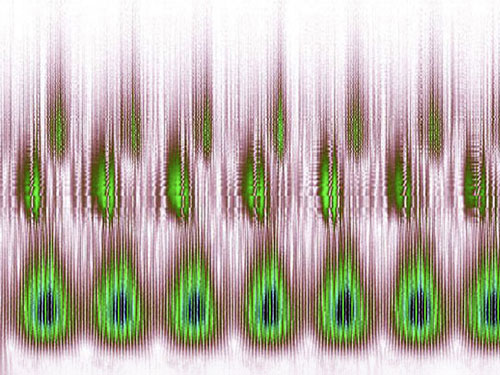
(Image: AguaSonic Acoustics)
|
INQB8R
Admin
|
# Posted: 1 Feb 2010 17:48
Minke whale call
Fischer has taken advantage of the striking appearance of his graphs, selling them as art through his company AguaSonic Acoustics, based in San Francisco.
This is a song from the same species of whale as the previous linear graphs, but plotted circularly.
Fischer sometimes plays around with the appearance of his images: he layers sounds on top of sounds to make flowers, for example, flips the sound inside out and zooms in on certain features, but he says he always retains the original shape of the sound.
This image ? which has not been artistically modified in any way ? is gnerated from sound recorded by researchers from the Southwest Fisheries Science Center in La Jolla, California.
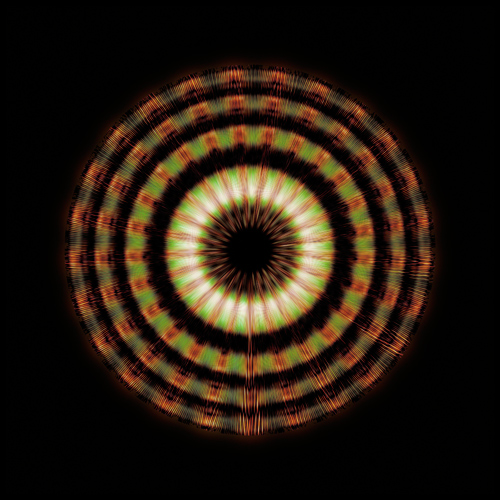
(Image: Science Photo Library/AguaSonic Acoustics)
|
INQB8R
Admin
|
# Posted: 1 Feb 2010 17:49 - Edited by: INQB8R
Minke whale call
This is the same sound transformed by a different type of wavelet.
There are hundreds of wavelet types that could be used, allowing Fischer to choose the one that will best represent the sound or provide the desired aesthetic effect .
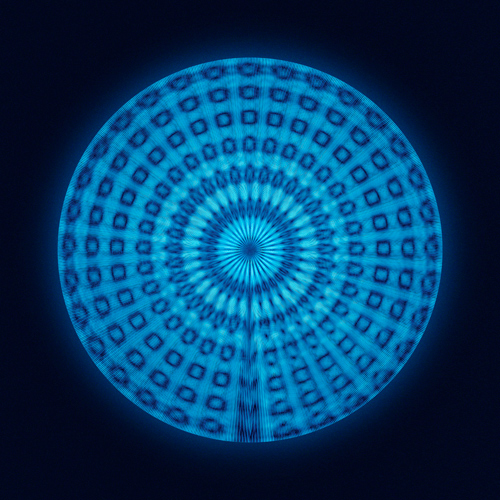
(Image: Science Photo Library/AguaSonic Acoustics)
|
INQB8R
Admin
|
# Posted: 1 Feb 2010 17:51 - Edited by: INQB8R
Atlantic spotted dolphin call
This is an image of sounds made by an Atlantic spotted dolphin, recorded near the Azores.
It both clicks and whistles. The clicks are represented by the straight lines radiating outwards. The sketchy black lines represent whistles, although these are lower in volume, so they could be from other dolphins.
Audio: sounds made by an Atlantic spotted dolphin
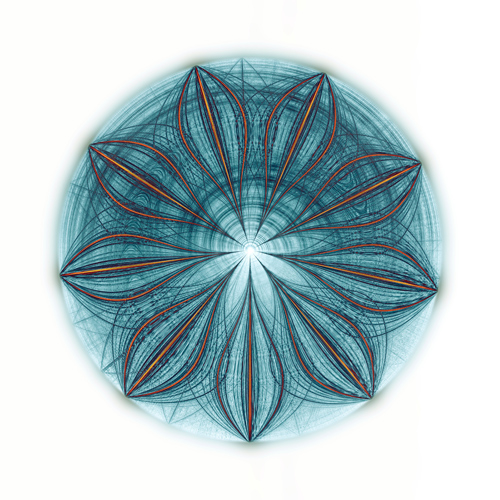
(Image: Science Photo Library/AguaSonic Acoustics)
|
INQB8R
Admin
|
# Posted: 1 Feb 2010 17:52 - Edited by: INQB8R
Pseudorca call
This represents the vocalizations of the Pseudorca, or false killer whale, which were recorded by a whale-watching operation off the Azores. Despite the name, these animals are more closely related to dolphins than killer whales.
Their songs contain a wide variety of high-frequency clicks, whistles and cries used for echolocation and communication.
Audio: sounds made by a Pseudorca
In this image, you can see how they click and whistle simultaneously. The clicks are the radial spokes; the whistles are the fuzzy part at the centre of the image.
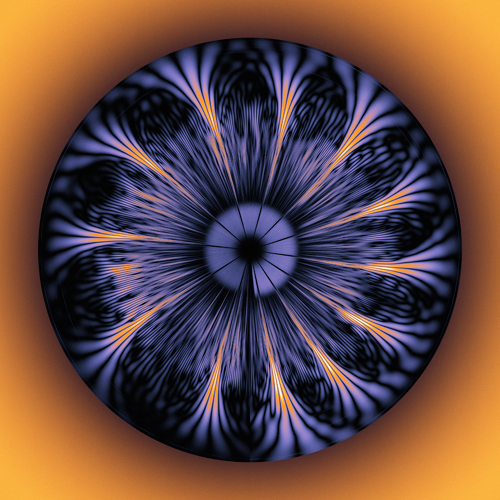
(Image: Science Photo Library/AguaSonic Acoustics)
|
INQB8R
Admin
|
# Posted: 1 Feb 2010 17:53 - Edited by: INQB8R
White-beaked dolphin clicks
This image conveys the precision with which some species click. These sounds were made by an echo locating white-beaked dolphin clicking at a frequency of around 150,000 hertz.
The sound was recorded in the north Atlantic near Iceland.
Audio: an echolocating white-beaked dolphin
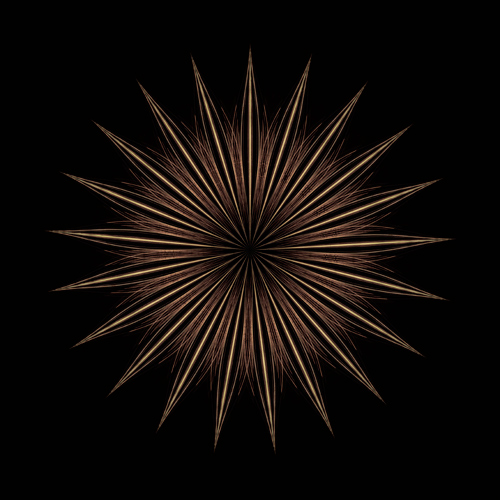
(Image: Science Photo Library/AguaSonic Acoustics)
|
INQB8R
Admin
|
# Posted: 1 Feb 2010 17:54
White-beaked dolphin clicks
This is the same sound as led to the previous image, but Fischer has chosen a different type of wavelet to perform the transform and has played around with the result to produce a floral effect.
He describes it as "artistic license taken to the extreme". The image is a composite, in which each whorl of the "flower" is formed by an image of a different part of the recording.
He produced the effect by layering the sound clips on top of each other, rotating them, and changing their size.
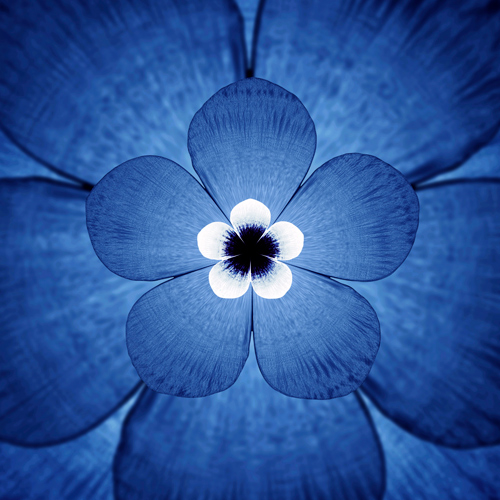
(Image: Science Photo Library/AguaSonic Acoustics)
|
INQB8R
Admin
|
# Posted: 1 Feb 2010 17:55 - Edited by: INQB8R
Look up on Science Photo Library for more pictures.
Looking at this pictures, we can't say nothing that how perfect the nature is, and how imperfect the human attempts are regarding changing it.
And it seems, on our label and showcase gallery, we're trying to be as close as possible to it...
|





